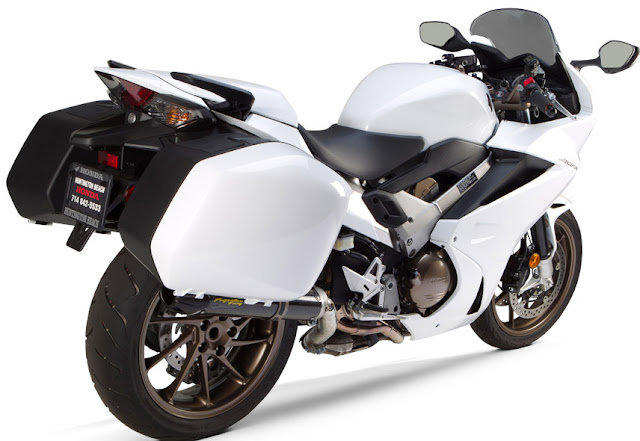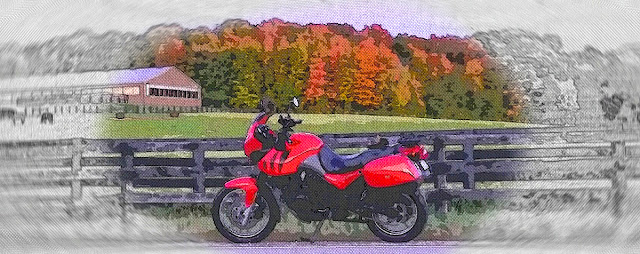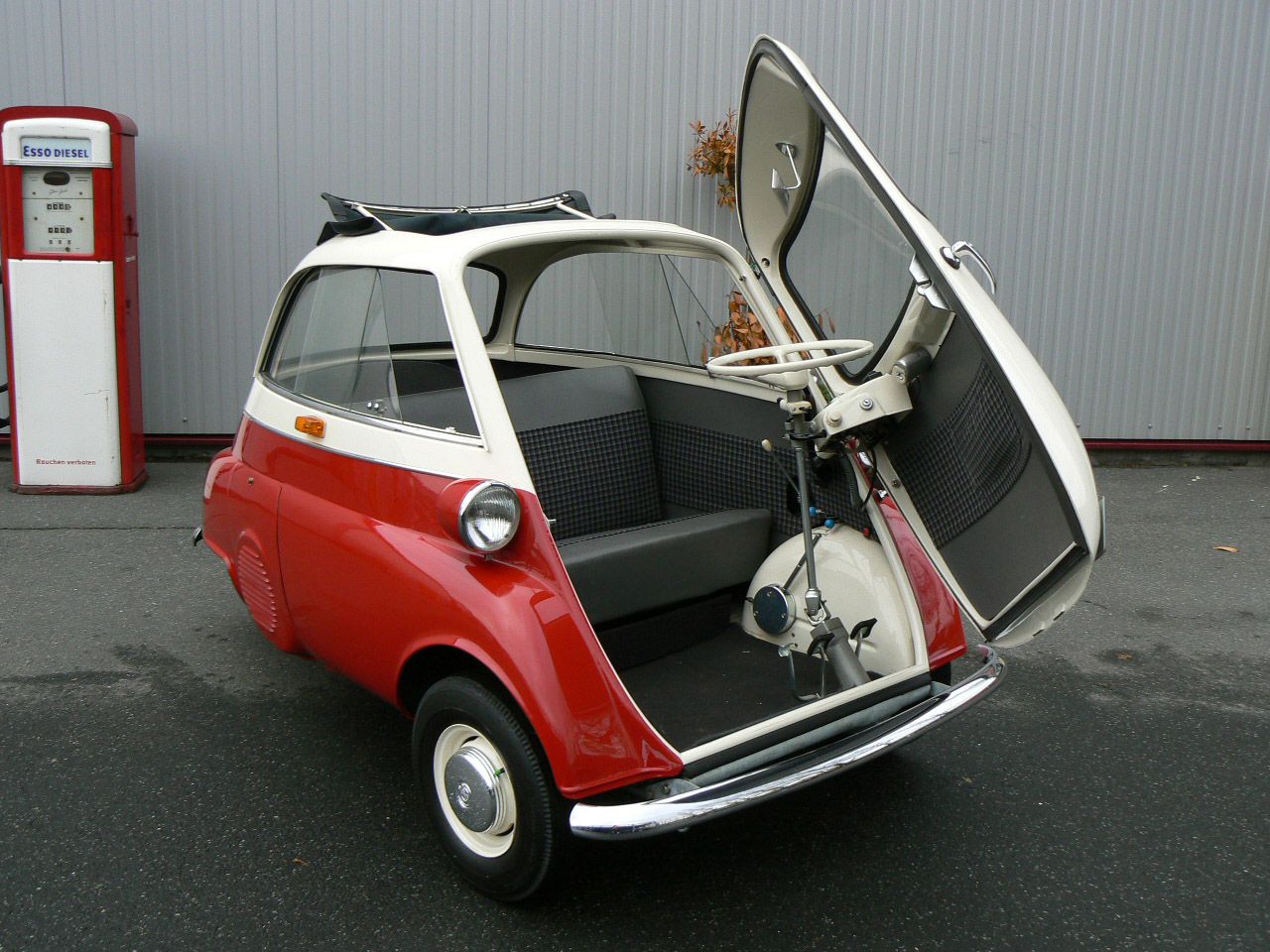Canada is far from free of racism, but it plays at a much lower volume here. Canada’s mosaic approach to multiculturalism and more open immigration policy probably have a lot to do with this. The United States’ melting pot must feel especially hot if you’re not what the ideal American is supposed to look like.
One of the things that always strikes me when I cross the border south is the unspoken friction between black and white Americans. Being a big, white, bald Canadian means I’m often assumed to be an off-duty cop, which doesn’t help things. There is so much history wrapped up in this that it feels heavy, even to an outsider. When trying to strike up a conversation with a black person in the States you are usually met with polite reticence, like they’d just rather not speak to you. It’s more trouble than it’s worth.
I get that reticence. On a previous trip, out of nowhere, at a gas stop a white guy told us that his parents told him never to put money in his mouth because black people had touched it. I guess we were supposed to laugh and feel a sense of camaraderie with this man, instead my wife and I looked at each other with WTF looks on our faces.
On my first solo trip to the States in the late ’80s my buddies and I walked into a Burger King in Milwaukee and were met with forty black faces looking at us with, ‘what the hell are you boys doing here?’ expressions. It was one of the only times I’ve been stopped in my tracks by that kind of stare (we hesitated and then went in, had lunch and all was good).
 |
| MotoGP has riders from all over the world, from Japan to South America and everywhere between. It’s a multi-cultural global event that doesn’t cater to racism. |
On our recent trip to Indianapolis a young black woman at the counter dealt energetically with the four black people ahead of my son and I, but when we finally got to the counter she gave us a sideways glance and sauntered off in a kind of dance, eventually disappearing into the back, singing to herself. We both stood there wondering what we were supposed to do (it’s hard to pay for gas in the States when you don’t have a ZIP code). A few moments later another girl came out and served us. It’s not easy explaining that sort of thing to your ten year old.
 |
| Motorcycles on Meridian has riders of all kinds digging bikes. |
That friction began to break down when we were at the Speedway. Suddenly everyone there was a motorcyclist first, even before what colour of American they were. I found it easy to strike up conversations with people regardless of colour. That positive energy followed us to Motorcycles on Meridian, where I once again found the motorcycle community outgunning any sense of racism.
The next morning at Cycle Gear we got into conversations with several groups of black riders coming into town for the Indy weekend. Once again the walls were down and we could just talk bikes. Again in Ohio, Max and I were taking a break in Wendy’s when a group of tough looking black bikers on Harleys came in, on their way from Detroit to Indy. The reticence was there at first (we were far from Indy at that point) but they soon warmed up to me. We exchanged advice on road works and left wishing each other a safe ride. Other people watched the exchange with interest.
Up in Detroit the lovely, young black woman who got our Little Caesars order sorted out had all sorts of questions about the bike and riding. Motorcycling works even if you’re not talking to another motorcyclist. There is something about the vulnerability of riding that encourages people to talk to you. They find it admirable.
The kinship you feel while riding is a very real thing, but motorcycling reaches out into the general public too. If motorcycling can overcome that tiring American black/white friction, it might just be able to do anything.

























